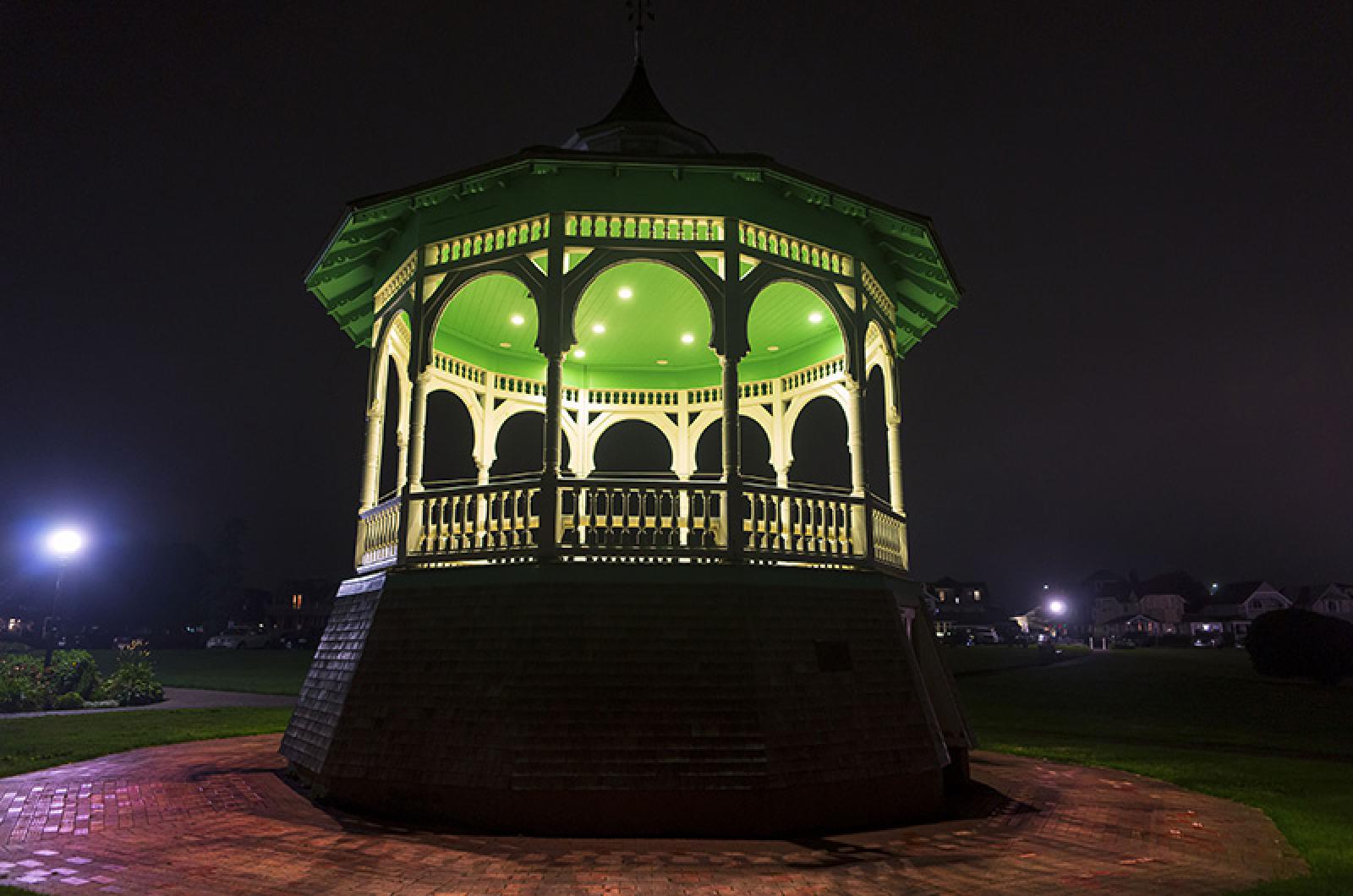This is a wonderful time of year to be looking up at the stars. If you are up late tonight, the moon will eventually set in the west, leaving a truly dark sky filled with all kinds of astronomical objects.
The Milky Way will dominate the night sky, extending like a ribbon overhead from north to south. For many of us with telescopes and binoculars, the night sky is bountiful, no different than a garden filled with flowers. Wherever you look there are objects to see. July is a good month to look for star clusters. One of them, called M13, resides in the constellation Hercules which was overhead two hours after sunset but after midnight is high in the western sky. With a star chart and a little help from a knowledgeable friend, the star cluster can be seen without the help of a telescope or binoculars.
But with a telescope the star cluster is a marvel. It looks like a dust ball suspended in the night sky. Every particle of dust is a star. There are thousands of them all nestled together closely.
The July night sky is filled with quite a few star clusters. And if you are having trouble finding them, keep your eyes out for fireflies. With these mild temperature nights, there is something outside for everyone.
| Day | Sunrise | Sunset |
|---|---|---|
| Fri., July 16 | 5:20 | 8:14 |
| Sat., July 17 | 5:21 | 8:13 |
| Sun., July 18 | 5:22 | 8:12 |
| Mon., July 19 | 5:23 | 8:11 |
| Tues., July 20 | 5:24 | 8:11 |
| Wed., July 21 | 5:24 | 8:10 |
| Thurs., July 22 | 5:25 | 8:09 |
| Fri., July 23 | 5:26 | 8:08 |
| Day | Max (Fº) | Min (Fº) | Inches |
|---|---|---|---|
| July 9 | 77 | 70 | 0.08 |
| July 10 | 75 | 66 | 1.82 |
| July 11 | 74 | 60 | 0.12 |
| July 12 | 76 | 65 | 0.01 |
| July 13 | 78 | 63 | 0.00 |
| July 14 | 71 | 65 | T |
| July 15 | 80 | 67 | T |




Comments
Comment policy »